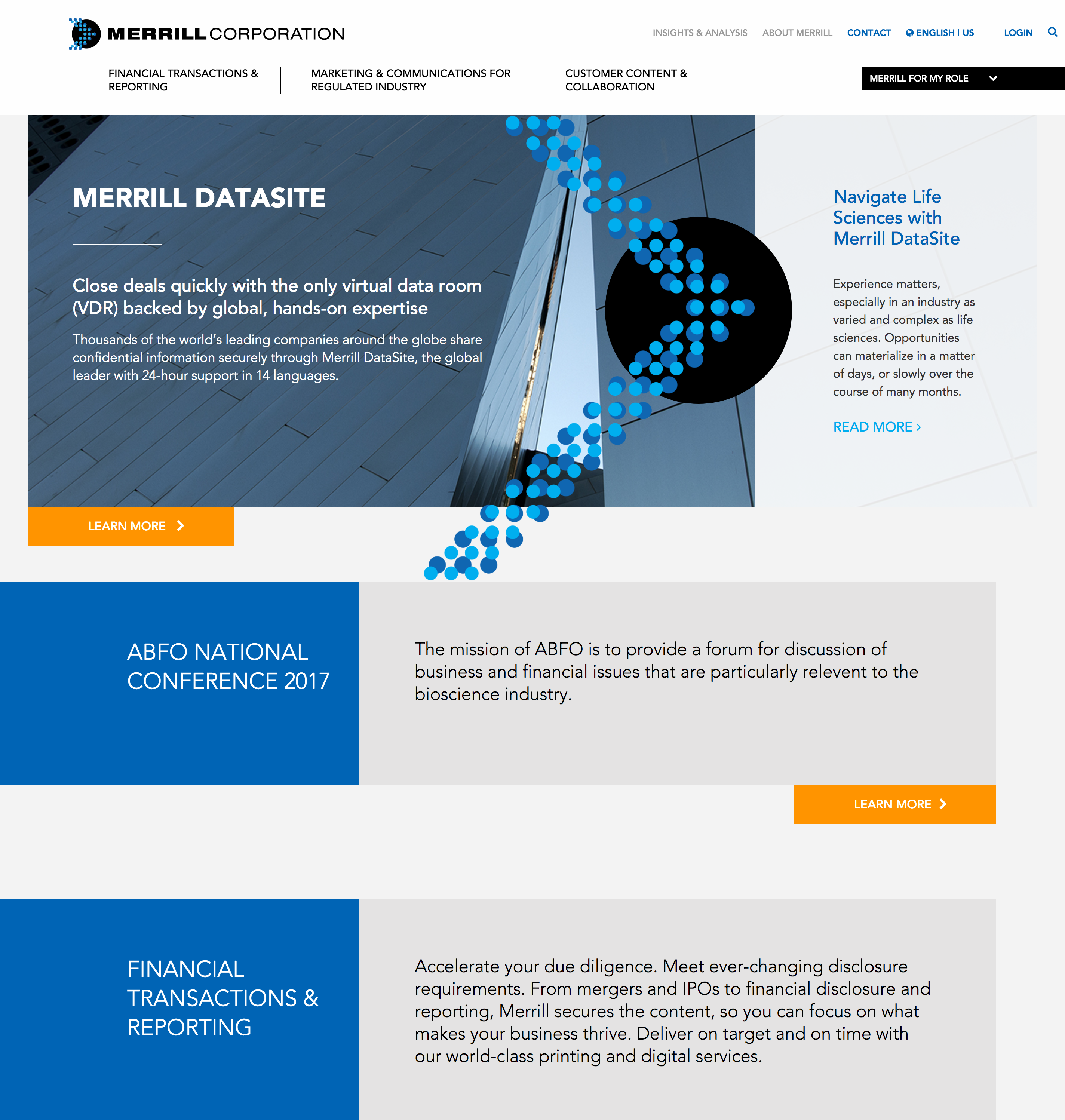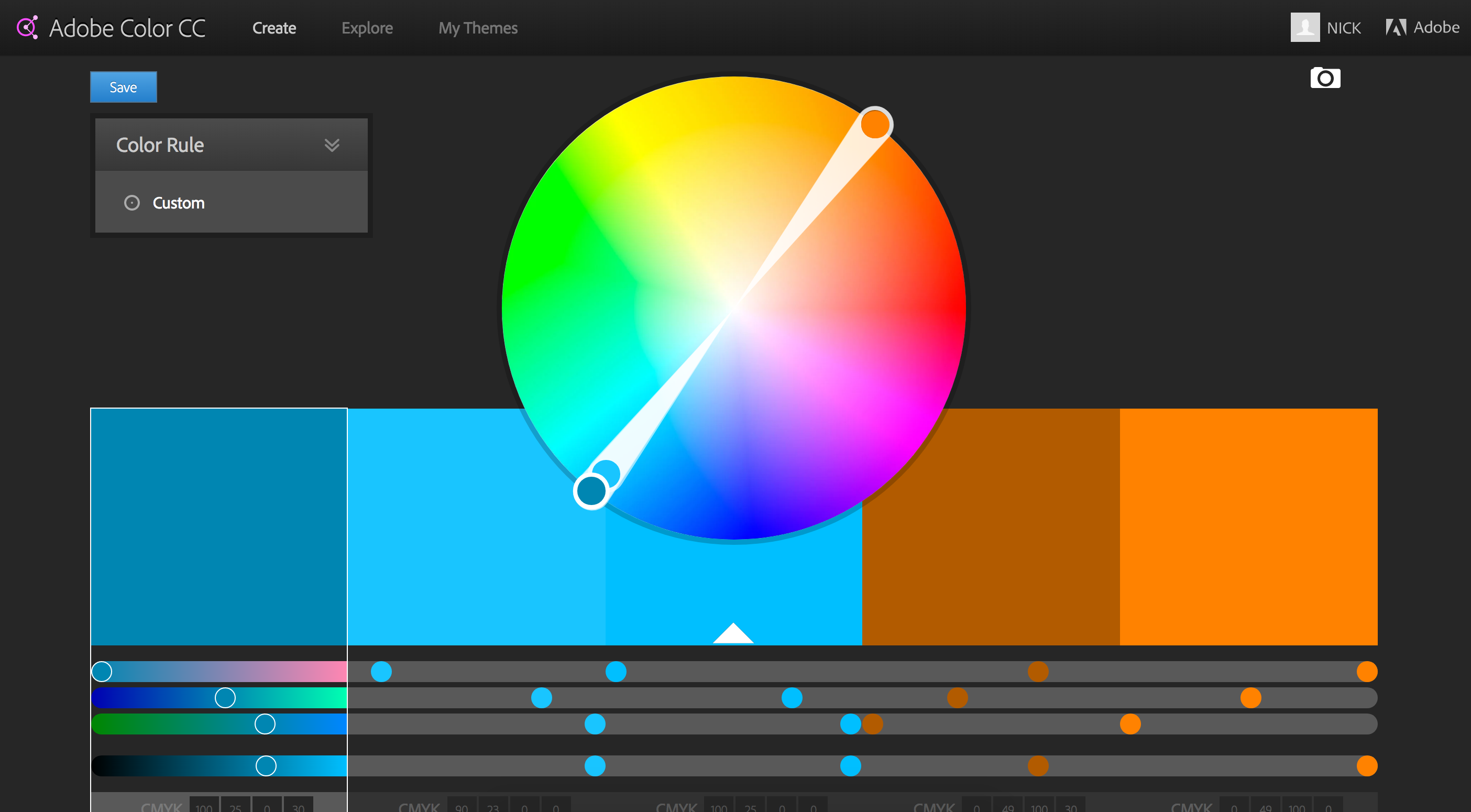by MGB2B

The Myth: A Persona Is the Same Thing As a Target Audience
The Truth: A Persona Is Much More Detailed and Personalized
For years, marketers have created “target audiences” for their brand or product. That means they’ve put large groups of people into one category, and labeled them. But today’s digital marketing world has become very personal. Brands now reach out directly to individuals. So, it’s time to take things one step further. If you want to give yourself a clear picture of the audience you’re attracting, you need to craft audience personas.
The difference between the traditionally defined target audience and an audience persona is that a persona is a narrative that describes a very specific type of person. It’s highly detailed and provides enough information that you could actually pick this fictional person, your buyer, out of a group.
Your buyer is a real person, so they should be identified as one. And every last detail you give is a potential clue for how you can most effectively target them. This means constructing a clear picture of your customer – including what will resonate with them both personally and professionally.
Some examples of questions you should answer as you’re writing personas for B2B brands:
- What is their position? Their day-to-day responsibilities?
- What are their personal and professional communication methods?
- What media do they consume? What’s their information source?
- What is their education background?
- What challenges face them? How can you help solve them?
- What do they value? What are their goals?
A traditional target audience might just read “head of marketing at a mid-size company.” But an audience persona will be more like a narrative, encompassing everything there is to know about this marketing head.
Let’s take James Smith, for example:
James Smith is 41 years old and the head of global marketing at mid-size insurance company. He is a “decision maker” who works above a team of about 25 marketing professionals in the Hartford, CT office. His main responsibilities include overseeing the development of new marketing initiatives and coordinating these efforts with the company’s overall business plan. James has the most say within the communications division of the company, but he still struggles to prove the worth and ROI of marketing to the top executives of the company. His top challenges include optimizing the work of the marketing team under a small budget and gaining approval up the ladder for new initiatives.
At the beginning of every day, James reads the New York Times, and sometimes browses through Forbes and the Wall Street Journal. He also reads several trade publications, like AdWeek and Direct Marketing News, in his free time. His goal is to prove the marketing team’s value by having the ability to quantify and measure leads for the sales team. He is most frustrated by stagnating sales productivity and work that is not measurable, and he is most motivated by recognition from executives and his peers. James also spends several hours a week maintaining his personal Twitter account, where he often engages with industry content.
There are an endless number of benefits that come from writing several of these personas. A target audience description can only generalize, and therefore deliver the same generic content to varying types of people. In comparison, a audience personas can identify opportunities for personalized content and solutions.
Putting a face to different audience segments conveys to your buyers that you’re tailoring specifically to them. Personas can determine how your content is written, what kinds of images should be used, and where advertisements and media should be placed.
The biggest benefit from taking the time to write personas for B2B brands? When you learn your audience inside and out, sales will naturally follow.
Continue Reading
by MGB2B

There are a lot of variables you need to think about when building a website. Layout, page flow, content, photo choices, CMS, hosting, the list goes on. But a major part of the design you need to keep in mind from the get go is the overall color scheme of the site. Below are a few key items to keep in mind when deciding on a color scheme for your new (or redesigned) website.
Color Psychology
Every color has built in associations for people. Those associations can vary widely in different cultures – but lets stick to the US for now. The use of color on your website helps set the mood for the user ‘s experience, affects how long they stay on your site, and helps drive them to action.
People associate blue with serenity, security and trust. Green can mean renewal, growth and nature. And red, the most eye catching of all the colors, can create feelings of action and danger. Colors not only have their own associations amongst cultures. They have specific associations with marketing due to the influence of the big multinational corporations we all know and love. See an interesting piece about this on ColorPsychology.org. These color associations should be taken into consideration with all design elements on your site, icons, call out boxes, and even the shades of color in the photography you are using.

Brand Consistency
Another major consideration: how does your website match up with your overall brand identity? Your brand identity should not just be taking a look at the colors in your logo. Sit down with all your marketing materials to see what a viewer of your website has possible already seen. Does the general color tone of your new website match the look of the email campaigns a client may have seen? Does it look similar to your print ad or Sell Sheets? If you spread all the work out on your desk, you should notice a theme. If not, and your desk now looks like a rainbow, then maybe you have other things than your website to think about.
Buttons and CTA’s
I have been talking a lot about color consistency. However, since rules are meant to be broken, the Call’s to Action and Buttons on your website are the perfect place to do it. You want your website to make sales, generate new leads, and in general perform well. If the items on your website that drive this blend in too much, you are missing an opportunity to convert viewers into sales.
Here’s the tricky part: using color to create buttons that stand out, but don’t look gaudy. This can actually downgrade the quality of your brand. The easiest way to figure this out is through a tool that you may remember from elementary school art class – the color wheel.

Your corporate color is your starting point. Then, I suggest you pick a either a complimentary, analagous, or split complimentary color scheme. This comes down to basic theory ideas. As you can see in the example above, a complimentary color scheme chooses the colors exactly opposite on the color wheel. Complimentary colors make a stark difference that will help your highlighted buttons really stand out. (Side note: beware of Red/Green combos that look very Christmasy if you are not careful). An analogous choice selects the colors directly adjacent to your brand color and is a much more subtle selection. And finally a split complimentary color scheme is a nice balance between the first two choices – it’s the two colors adjacent to your brand’s complimentary color. This helps make buttons and CTA’s stand out, but keep them from being jarring.
Complimentary Colors In Action
Merrill Corporation, the winner of the 2016 B2B Web Award. This is a good example of a site using a complimentary color scheme with blue as their corporate color and using orange as a highlight color for all their buttons.

In the end, there are endless directions you can take with the color scheme of your website. There are also lots of resources online to help with the process. At the onset of any major branding project, I often find myself turning to Adobe Color CC – great part of the Adobe Suite of products. This tool allows you to develop your own color schemes and to explore those of other Adobe users who have shared theirs. It is a great place to start.

Continue Reading
by MGB2B

The Myth: There’s No Need For My B2B Brand To Advertise On Social Media
The Truth: B2b Advertising On Social Media Has A Number Of Benefits Which Encourage Prospects To Move Through The Sales Funnel.
B2B brands have finally come on board to social media, and many boast a large posting presence. But when it comes to social media for B2B brands, this is often where the buck stops. It’s a misconception that social media advertising is a playing field for B2C brands only. Unfortunately, that type of thinking keeps new leads from getting into your prospect stream. Now more than ever, there’s compelling reasons why platforms like Facebook offer serious lead generation simply from social advertising. The number of benefits of social media advertising for B2B brands is undeniable – and we’ll break them down for you.
B2B Buyers Are On Social Media
It takes a number of touch points before a buyer is ready to make purchase decision. The more visibility your brand has, the better. These B2B buyers are absolutely present on social media. If you want to place your brand in front of your target audience, this is where you need to be.
If you ignore social media advertising, you’re missing out on a crucial chance to interact with your audience. Remember that behind every social media account is an actual human, and emotion goes much further into the B2B buying decision than you may think. While promoting business value may seem like the logical angle to take, you may find that other strategies that create a personal connection could reign supreme when reaching people on their own networks.
Targeting Options
There are robust capabilities across every social media platform that allow your brand to reach relevant audiences. The nature of social media allows us to analyze different behaviors and actions of users. Then, we can target our ads to those who do what we want. While there are different tools on each social platform, most allow you to segment your audience by age, location, gender, and occupation.With Facebook, you can even target by events, which is helpful if your brand is participating in a trade show or conference. And Twitter allows you to advertise based on intent, using interest and keyword targeting, to create meaningful campaign insights.
It’s Cheap
Social media advertising for B2B allows you to set your own budget, so you can spend exactly what and where you’d like. Whether you choose a long-game strategy or short-term bursts, you can customize your social media advertising campaign to fit exactly your budget.
Flexibility Of Message
When you release a print ad, you’re stuck with what is published. Not so with a social media advertising. Change your message as frequently as you’d like. This is especially helpful if your campaign is evolving, long-term, or if you’re unhappy with the insights produced from your original ad. Plus, with the many audiences active on social media, you are able to change your message for different targeted segments.
Social media advertising for B2B brands is just as necessary as it is for B2C. Utilizing platforms like Instagram, Facebook, and LinkedIn allows businesses to reach and segment their target audience, maintain message flexibility, and stay within budget. Not only does this build brand awareness, but also generates new prospects.
Continue Reading






